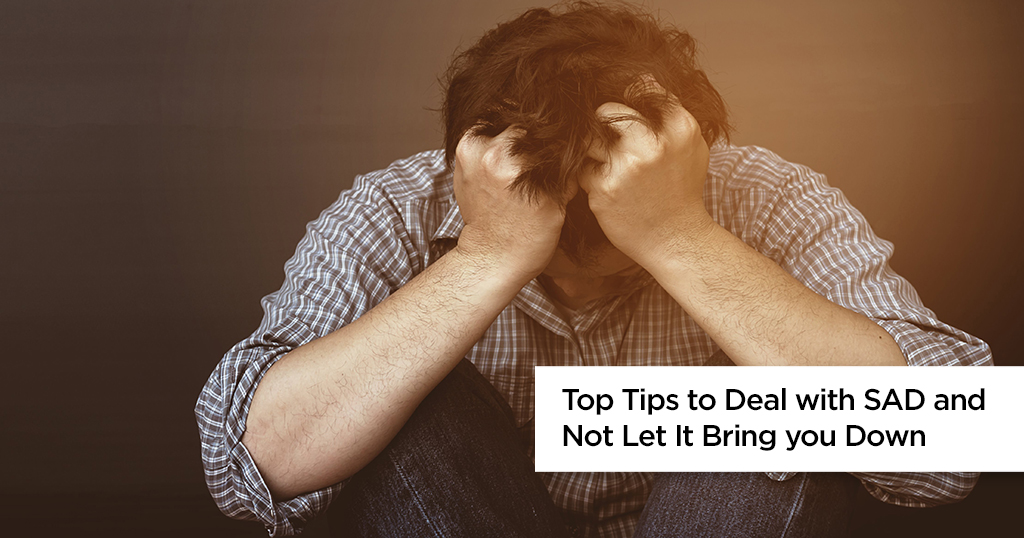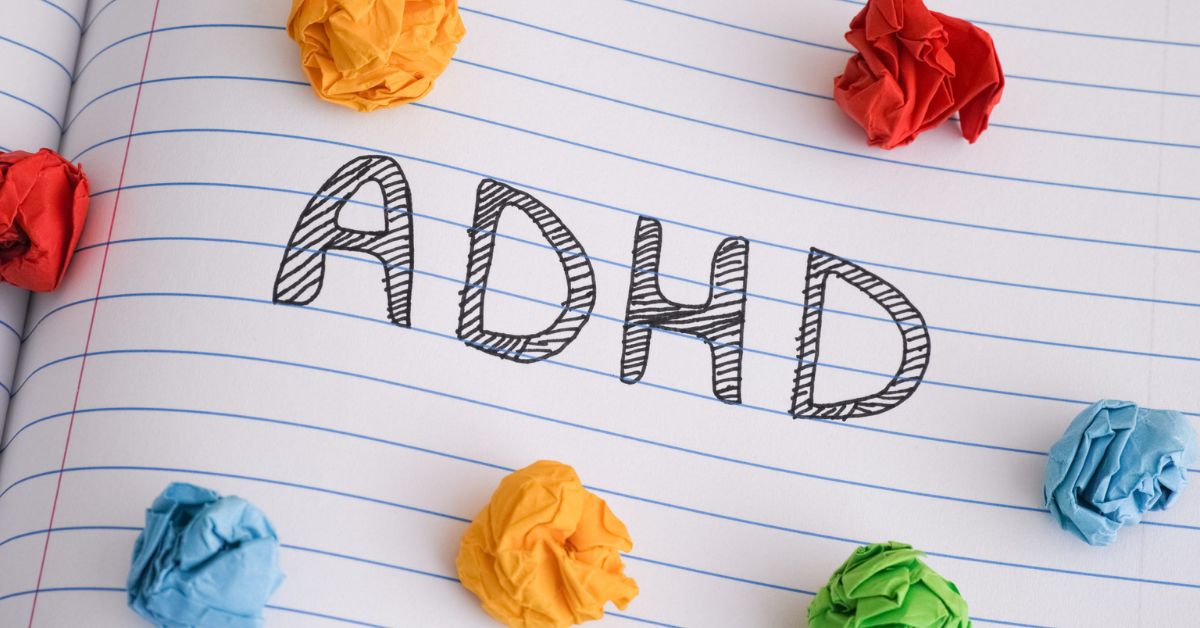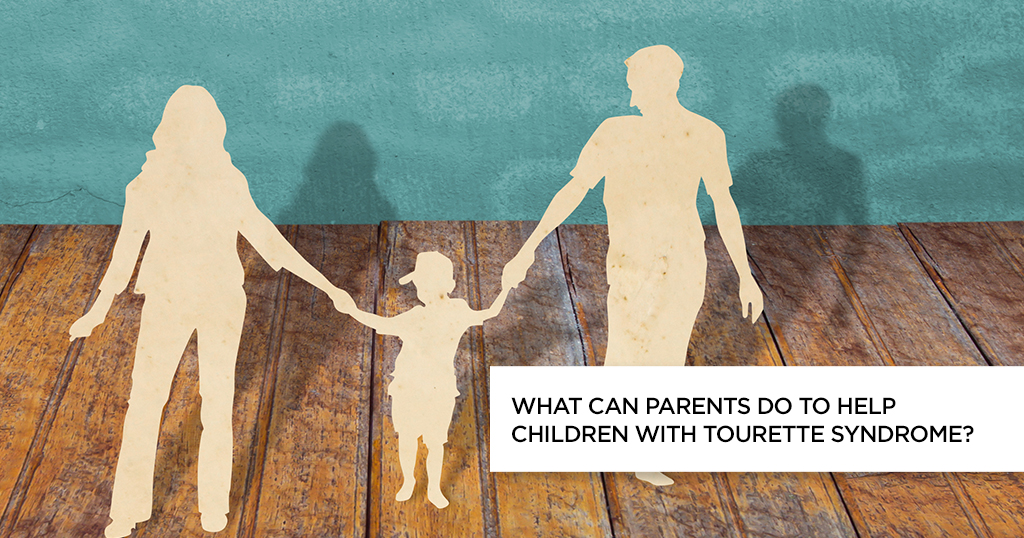Top Tips to Deal with SAD and Not Let It Bring you Down


SAD (Seasonal Affective Disorder) is a form of depression which displays a periodic seasonal pattern drastically dropping your energy levels and impacting your mood, causing multiple mood swings. It is a severe mental health issue and is perceived as a societal taboo.
In India, more than 10 million people suffer from SAD, and the symptoms trigger during the same time of the year, especially during the beginning of the fall season and last up to the winters. However, most people also complain about the symptoms of SAD occurring in spring or during the early summers.
It is crucial to notice the triggering factors of SAD. Diagnosis is made, when you meet all the criteria of depression together with particular reasons. If you see a change in mood during the beginning of seasons like summer or winter, you are likely to have one of the symptoms of Seasonal Affective Disorder. The only thing different in this type of depression is that it is recurrent, following the same pattern of occurrence every season throughout the year.
Symptoms of Seasonal Affective Disorder
Most of the SAD Symptoms are similar (akin to several types of depression), but there is a difference in seasonal pattern formation, which helps in diagnosing the type of depression. Let us go through some common symptoms of SAD:
- With every passing day, you feel depressed
- When in public or alone, you feel hopeless or worthless
- No matter the time, you seem to have low energy levels
- The activities you used to love earlier do not interest you anymore
- You feel restless and have trouble sleeping
- You can see the change in your desire for food or weight
- Without any specific reason, you feel exhausted or stressed
- While working or studying, you face difficulty in concentrating
- When you sit alone, you have frequent thoughts of suicide
Winter Pattern Symptoms:
- Always tired and lack energy
- Hypersomnia (the need for feeling sleepy excessively)
- Overeating or unnecessary food consumption
- Excessive weight gain
- The desire for fat and carbohydrates
- The need to be always alone
- Feeling socially isolated and distant
Summer Pattern Symptoms:
- Lack of food consumption
- A significant level of weight loss
- Unable to sleep, feeling insomniac
- The feeling of anxiety and nervousness
- Always feeling restless and impatient
- Getting violent frequently
Risk Factors Associated with SAD
If the above symptoms match your present well-being, there is a possibility that you are suffering from SAD. To confirm, you need to see whether or not these factors are subjected to your situation.
- Gender
It has been diagnosed that women are at three to four times more risk of being diagnosed with SAD than men. - Family History
If any of your relatives suffer from SAD, the probability of you having it is more. - Age
Younger adults in the age group 18 to 30 years are at more risk of having this form of depression.
Treatment for Seasonal Affective Disorder
SAD is not a critical disorder. Once diagnosed, you can get yourself treated by medical professionals. The treatment generally includes medication, light therapy, regular workout, communication, and psychotherapy.
- Light Therapy: SAD is frequently witnessed among patients in winters due to a lack of sunlight. Light therapy can help balance the lost sunlight factor. Whenever possible, go outside in the daylight and expose yourself to the sun.
- Exercise: When you indulge in a regular workout, your mood can improve naturally. Thus, regular exercising will help your brain take away the negative feeling and redirect your body to feel more optimistic.
- Meditation: The same formula applies to meditation. Once you practise meditation, you can sense peace and serenity by just being in one place. So, the thoughts of death and suicide will diminish as you progress with your meditation.
- Communication: Communication with your family and friends always is a positive aspect in your life, relieving you of stress and anxiety. You can volunteer in groups, meet new people, or even talk to a therapist to find out the triggering factors and treat it positively.
Precautions for Seasonal Affective Disorder
The precautionary measures that you should take when diagnosed with SAD include:
- Stick to a healthy diet
- Make a regular exercise plan with a workout buddy (to stay motivated and dedicated)
- Take frequent walks, even when it is cloudy
- Ensure to meet a therapist every week to discuss the improvement cycle
- Try to go out with family and friends at least twice a year
Dietary Regulations
Depression or not, it is always advised to consume a well-balanced and nutritional diet throughout the day. If you are diagnosed with SAD, consume fresh fruits & vegetables daily to sustain your energy levels.
SAD can make you crave for carbohydrates and sugar, but adding them to your appetite will only make you feel tired. Eating whole-grain bread, oatmeal, bananas, brown rice, and other low-fat dietary food can help you feel active. Furthermore, eating food rich in omega-3 fats, such as soybean, walnut, oily fish, and flaxseeds, can be helpful. It is said that omega-3 fats aid in managing and improving mood swings.
FAQs of Precautions for Seasonal Affective Disorder
What hormone causes Seasonal Affective Disorder?
The exact causes are still being researched. However, researchers found that the imbalance of serotonin, which is known to affect the mood cycle, causes SAD. Sometimes the imbalance of melatonin can also cause SAD, as this hormone regulates sleep.
Can you be diagnosed with SAD?
Yes, if your depression occurs similar to the same season cycle in the year, then you are diagnosed with SAD.
Does vitamin D help with SAD?
No, it does not help with SAD. Researchers found that vitamin D supplement has an insignificant effect on the outcomes of SAD.
Does SAD get worse with age?
As it is commonly diagnosed in youngsters in their late teens, SAD’s risk generally decreases with age.
What is the best treatment for Seasonal Affective Disorder?
The first line of order is to contact your doctor, and based on the diagnosis, he/she will give you the necessary treatment. With regular workout, light therapy, psychotherapy, and medication, you can reduce SAD’s effects.





